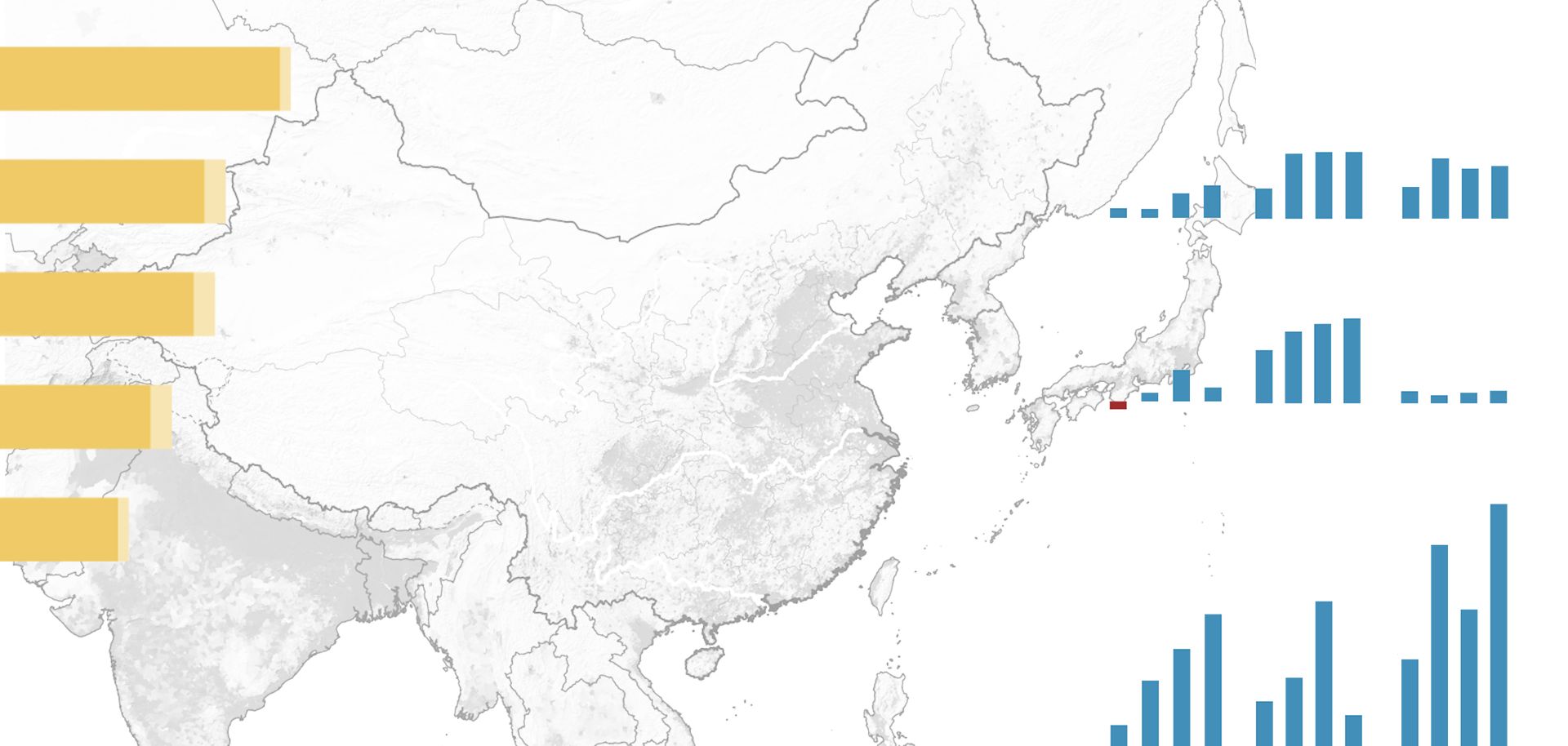
The United States is currently attempting to expand ties with Myanmar as part of Washington's resurgent Asia-Pacific strategy. This effort, however, is threatening China's position as Naypyidaw's dominant patron. China has been Myanmar's only major ally, investor and trading partner since the country became isolated from the West in 1962. Ultimately, Beijing's modern approach to Myanmar stems from China's need to secure energy supply lines and access to the Indian Ocean basin and international sea lanes as well as to maintain border security. Beijing views the possibility of closer relations between Myanmar and the United States as part of a broader U.S. containment strategy, with Washington strengthening ties with many of China's neighbors. This perceived strategic threat to its interests could drive China to attempt to undermine U.S. support for Naypyidaw by exploiting certain levers of influence it has established in Myanmar. One of these involves China's strategy to maintain a balance of power between Naypyidaw and Myanmar's various ethnic opposition groups. In the past, China has positioned itself as an arbitrator in ethnic conflicts with the government. China has also demonstrated an ability to inflame ethnic tensions near the Sino-Myanmar border as a way to manipulate the Myanmar government. A second lever China could utilize is its ability to direct large amounts of investment into Myanmar. The United States does not have such a tool since, unlike Beijing, Washington does not have the authority, ability or desire to direct U.S. companies to invest in other countries. Such an influx of Chinese funding and investment could encourage Myanmar to temper its relationship with the United States.



